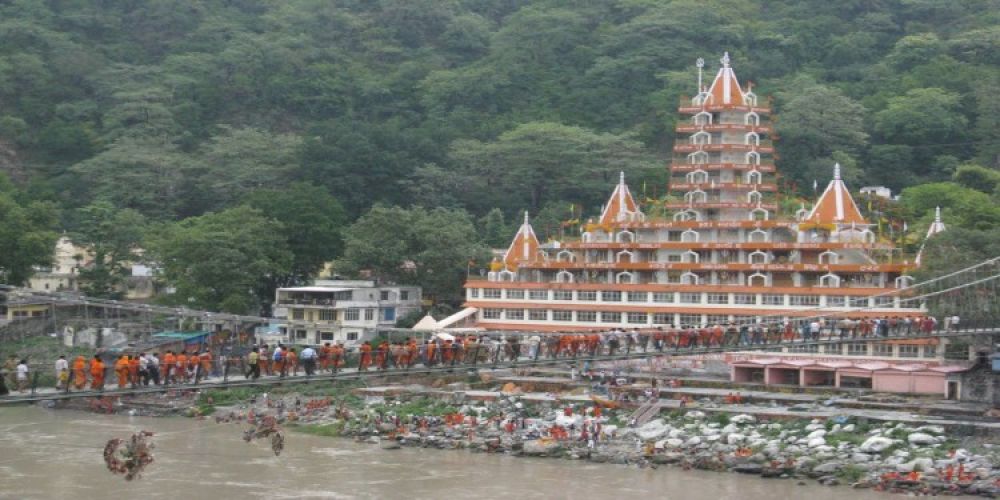

The history of tourism at the Neelkanth Mahadev Temple is intertwined with the ancient legends and spirituality of India. The temple is dedicated to Lord Shiva and is situated approximately 32 km from Rishikesh in the state of Uttarakhand. It is positioned at the confluence of the Pankaja and Madhumati rivers, amidst the scenic forested hills and a mere few kilometers from the holy river Ganges.
According to Hindu mythology, the temple marks the place where Lord Shiva consumed the poison Halahala that originated from the sea when Devas (gods) and Asuras (demons) churned the ocean to obtain Amrita (nectar of immortality). This poison was so potent that it could destroy all of creation. To protect the universe, Lord Shiva drank the poison and held it in his throat, which turned blue due to its effect — hence the name Neelkanth, literally meaning ‘The Blue Throated One’.
Neelkanth Mahadev Temple has long been a significant pilgrimage site, attracting devotees from across India and the world. The temple stands at an altitude of 1330 meters and provides a panoramic view of the surrounding mountains, which adds to its allure for both pilgrim and tourist alike. Tourism at Neelkanth has grown substantially over the centuries, particularly because of the temple's proximity to the popular town of Rishikesh, which is a famous center for yoga and adventure sports.
In recent years, there has been a surge in spiritual tourism, with travelers seeking experiences that offer personal growth and enlightenment. Rishikesh and by extension the Neelkanth Mahadev Temple have become key destinations on this circuit. Yoga retreats, meditation courses, and adventure tourism activities are abundantly available around Rishikesh, with the Neelkanth Mahadev Temple forming a critical part of many spiritual tour itineraries.
Another trend is the growing popularity of eco-tourism. The temple is nestled among lush greenery and offers opportunities for eco-friendly excursions and nature walks, which is increasingly attractive to the global tourists conscious about their environmental footprint.
The local government has boosted infrastructure developments to cater to the rising number of tourists. Improved roads, better connectivity, and enhanced facilities at the temple ensure a comfortable visit while preserving the sanctity and beauty of this ancient pilgrimage site.
For those planning to visit, the temple is open all year round, but the most popular time to go is during the Maha Shivaratri festival, which usually occurs in February or March. This is when the temple sees a dramatic increase in the number of pilgrims and tourists, who come to offer their prayers and witness the grand festivities.
In conclusion, the Neelkanth Mahadev Temple not only offers deep spiritual insight but is also a testament to the evolving tourism landscape that harmonizes devoutness, culture, and nature exploration.